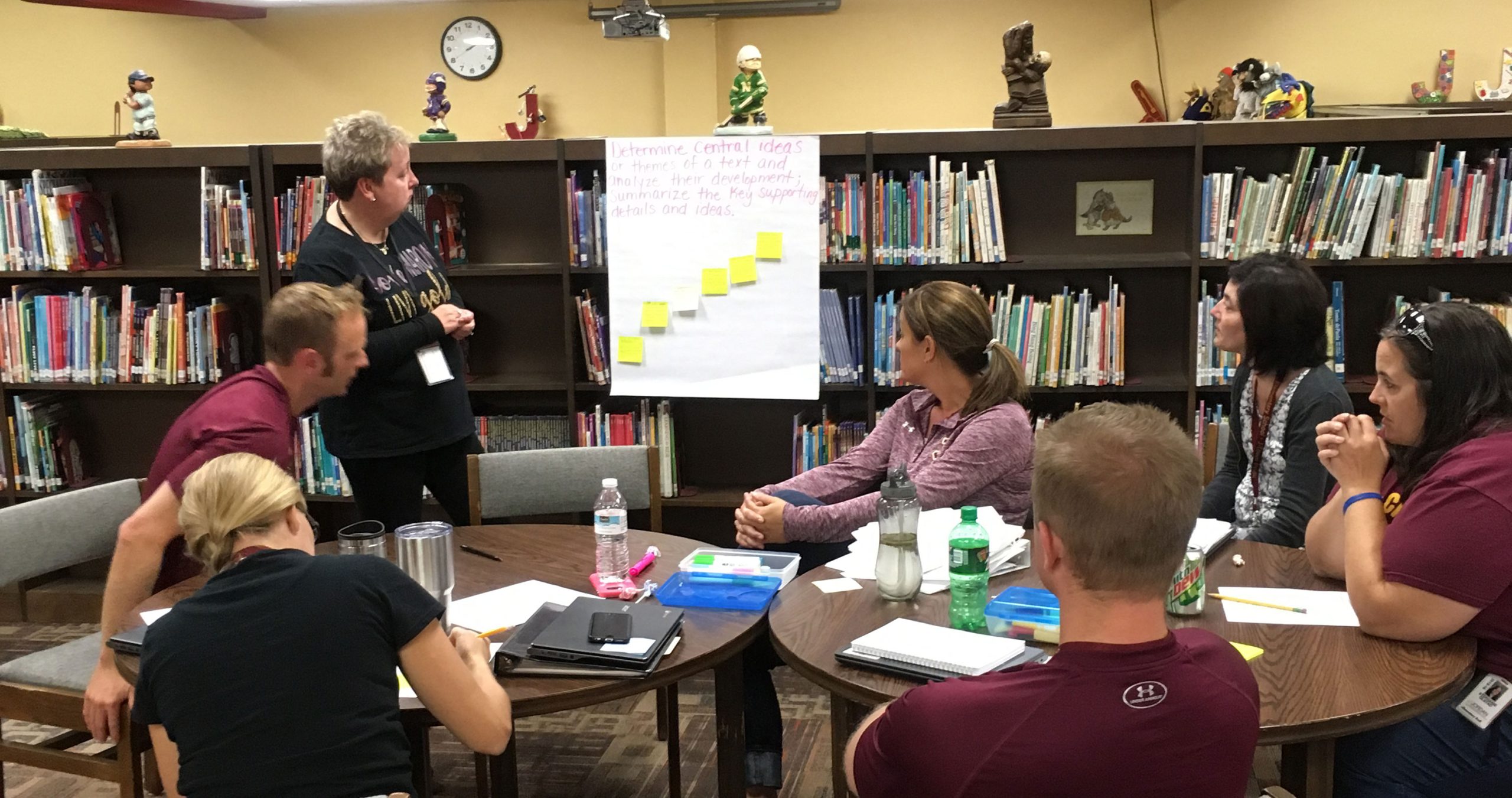
Strategic Planning
Effective schools and districts are strategic in their planning and the guidance of the implementation of those plans. Developing targeted alignment systems is our specialty. We offer consulting at all levels of alignment, improvement and implementation planning.
Targeted Support for All School Improvement Planning
We can support your school improvement efforts by providing assistance in the planning and organization of your initiatives.
Strategic Planning and Comprehensive Alignment Support
Historically, schools and districts have done alignment work in areas of standards, curriculum, and assessment, but they are often isolated practices performed as part of a curriculum cycle or for accountability purposes.
Alignment of Educational Systems
Our process is not a one-time project; it is an ongoing and comprehensive effort that takes time, intentionality, and a commitment to continuous improvement. In addition to system components typically considered to be essential for alignment—standards, assessments, curriculum and instruction, professional development and learning environments—school and districts also need linked implementation teams, shared vision, collaboration, and well communicated data systems and supports. Coherent alignment also must occur horizontally, within grade levels, and vertically, across grade levels, with the ultimate goal of all alignment endeavors is to equip students with 21st century life-long learning skills that maximize their potential for achievement.
Alignment of District Literacy Systems
We begin with an audit and comprehensive inventory of all current assessments, both formative and summative, relating to literacy to analyze standards of quality, consistencies, strengths, gaps, overlaps, and needs. We assess the alignment of the standards to curriculum, instruction, intervention, and ongoing professional development in relationship to the assessment system. Identification of assessment needed and a plan for adoption, professional development, and implementation.
Using these data, we create a system of data collection, and ongoing professional development to make instructional decisions and design plans for instruction and intervention. The goal is to develop an ongoing and comprehensive Plan for Alignment that ensures alignment, both horizontally, within grade levels, and vertically, across grade levels, with the focus on student achievement and success.
Analysis and Alignment of the ELA and Reading Program
Quality core ELA instruction is a cornerstone of the educational process. Fostering the motivation, interest, and engagement to read and write with strength and stamina is at the heart of the learning. Developing the skills and strategies to read critically and with deep comprehension and to write with clarity and fluency require vigilance. We review the assessment systems, curriculum resources, methods of instruction and data collection, and literacy culture of each classroom, to assess the strengths of the program. Culturally and linguistically relevant and responsive texts, resources, and instructional delivery are critical elements. We work with teachers and leaders to create an ongoing and comprehensive ELA and Reading Program that will support the love of reading and the academic growth and development of every child.
Analysis and Alignment of Literacy Intervention Systems and Delivery
The goal of reading intervention is to provide students with the skills and strategies to read and comprehend texts and resources within grade level in order to discuss, create, and communicate ideas and knowledge. We do this by accelerating each child to grade level through research supported practices that ensure students can return to core instruction as soon as possible. We do this by reviewing the current system of data collection, instruction, and ongoing professional development to ensure this critical goal. We work with teachers and leaders to create an ongoing and comprehensive Literacy Intervention Plan that ensures alignment, both horizontally, within grade levels, and vertically, across grade levels, with the focus on student achievement and success.
Literacy Classroom Visits: A Systematic Method for Curriculum Adoption and Professional Learning Plans
An effective literacy program needs a systematic and comprehensive data collection system to ensure an ongoing, effective Reading and ELA Program. We use research supported, specific instruments to collect data about the current culture of literacy and effectiveness of instructional delivery models in your school or district, analyze these patterns to illuminate professional development and resource needs. Using the Literacy Classroom Visit Model, published in the ASCD book; Literacy Unleashed: Fostering Excellent Reading Instruction through Classroom Visits, we partner with leaders to create a Professional Development Action Plan that includes ongoing observation and assessment of the implementation of learning in every classroom.
How We Proceed
Visiting each classroom, from preschool through high school, we use a process of data collection, survey, observation, and document analysis to meet with school and district leaders. Using a process of data analysis and discussion, we cultivate these data sources to discuss the key strengths of the district’s overall culture, instruction, intervention, and assessment. We review student and parent data, as well as community surveys. We develop a District Strategic Plan with a guided process of implementation and data collection to revisit the Plan and make revisions as needed.
“In our five-year partnership, Dr. Houck demonstrated leadership in areas of strategic planning, professional development, assessment, leadership development, data analysis, community education, and long range planning. Dr. Houck is a rare professional that combines passion and energy with extensive content knowledge, big picture vision with execution, and high expectations with relational coaching. During her time working with our team, Dr. Houck helped move our faculty and leadership through research based strategies, systems, and data collection.”
(Cade Lambert, Superintendent)